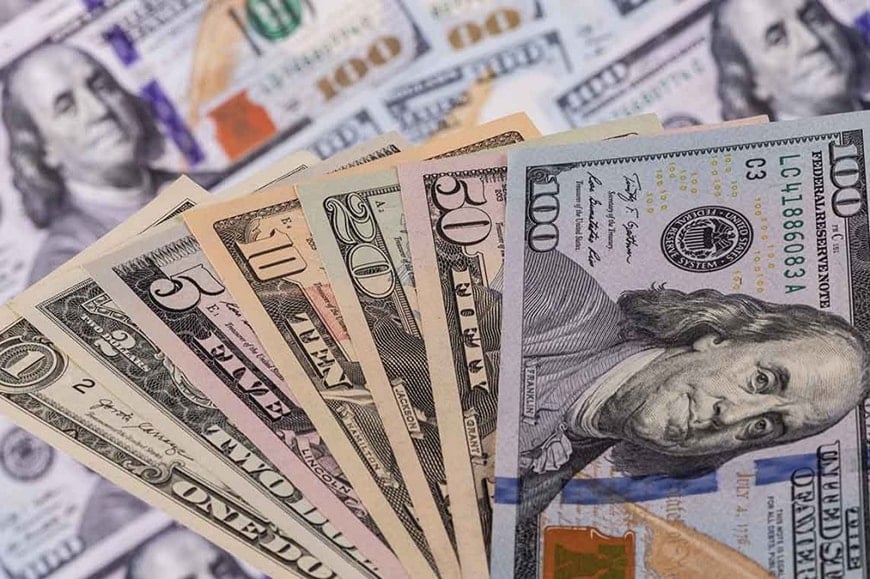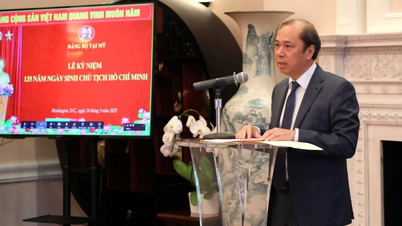The DXY index fell sharply last week. US President Donald Trump's threat to impose tariffs on domestic and European Union companies put pressure on the greenback. The DXY index fell nearly 2% and fell below the psychological 100 mark.
Specifically, President Trump once again escalated his trade war, recommending a 50% tariff on the European Union (EU) starting June 1. That raised concerns about the impact of tariffs on the world economy and global trade, prompting investors to sell off the greenback.
Meanwhile, US Treasury yields saw a sharp rise in the first half of last week. However, they fell back in the second half of the week, erasing most of their earlier gains.
The decline and close below 100 is a negative outlook for the DXY. This keeps the overall downtrend intact. Resistance levels are at 100 and 100.50. The DXY could fall to 98 this week. A break below 98 would see the DXY continue to slide to 96.

96 is considered a strong long-term support level. Therefore, the possibility of the DXY index bottoming around that level is very high. The market expects the DXY index to rebound from 96, then rise back to 100 and higher in the coming months.
On the other hand, the strong recovery from the low of 1.1065 is a positive sign for the EUR. This maintains the overall bullish view. The current support level for EUR/USD is 1.1250. Below that, 1.1170 and 1.1090 are the next important support levels. The EUR is expected to break above 1.14 and see fresh gains towards the 1.15-1.16 zone in the coming weeks.
The yield on the 10-year US Treasury note rose above 4.6% but failed to hold higher. The yield hit a high of 4.63% and fell sharply again over the weekend.
The support zone for the US 10-year Treasury yield is around 4.4% to 4.35%, which is likely to be tested this week. A bounce from this support zone would then increase the chances of a move back to 4.5% and then 4.6%. A sustained break above 4.6% would be needed for the yield to rise back to the 4.8% to 4.85% zone.
On the other hand, if the yield falls below the 4.35% mark, it could further decline to the 4.2 - 4.1% range.
In the domestic market, at the beginning of the trading session on May 26, the State Bank announced the central exchange rate of the Vietnamese Dong against the USD at 24,960 VND.
The reference exchange rate at the State Bank's transaction office increased slightly, currently at: 23,762 VND - 26,158 VND.
USD exchange rates at commercial banks are as follows:
Vietcombank buys 25,740 VND; sells 26,130 VND
Vietinbank buys 25,589 VND; sells 26,129 VND
BIDV buys 25,775 VND; sells 26,135 VND
Source: https://baodaknong.vn/ty-gia-ngoai-te-hom-nay-26-5-chi-so-dxy-da-giam-xuong-duoi-moc-100-253636.html



![[Photo] Pink ball and table tennis](https://vphoto.vietnam.vn/thumb/1200x675/vietnam/resource/IMAGE/2025/5/26/d9f770bdfda243eca9806ea3d42ab69b)



![[Photo] Official welcoming ceremony for French President Emmanuel Macron and his wife on a state visit to Vietnam](https://vphoto.vietnam.vn/thumb/1200x675/vietnam/resource/IMAGE/2025/5/26/a830702ef72f455e8161b199fcefc24d)






















































































Comment (0)